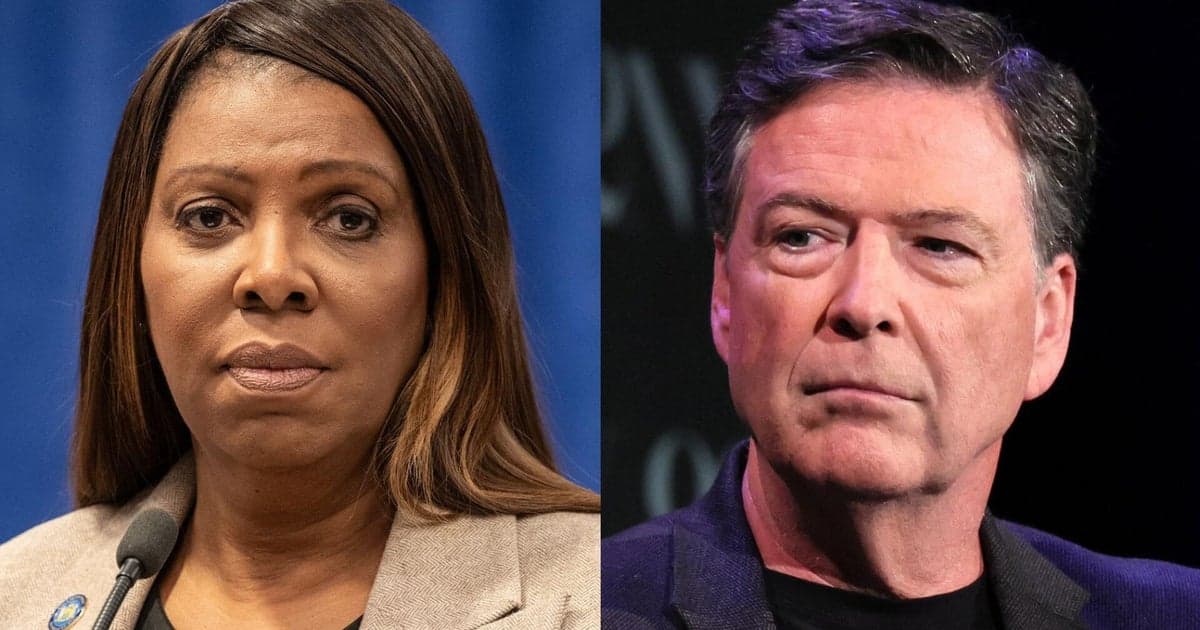Associated Press returns to appeals court, stakes high for press access
The Associated Press and the Trump administration returned to a federal appeals court on November 24, 2025 in a dispute over who may join the tightly controlled Oval Office press pool, a case that tests the boundaries of presidential discretion and First Amendment protections. The outcome could determine whether government exclusion from official access for editorial viewpoints becomes constitutionally permissible, with implications for information flows to markets, public accountability, and future White House press management.

The Associated Press and the Trump administration faced a federal appeals panel on November 24 as lawyers argued whether the White House may exclude a major news organization from the Oval Office press pool because of disagreement over coverage choices. The dispute began earlier this year when the administration removed AP reporters from pool rotations following clashes over editorial decisions, and it has grown into a constitutional test over viewpoint discrimination and executive control of access to the president.
AP attorneys told the court that government actions excluding particular outlets from the pool on the basis of viewpoint are unconstitutional. The news organization urged the judges to affirm that the First Amendment prohibits the government from punishing news outlets for editorial decisions or political perspectives when it comes to access to official presidential activities. The White House maintained that the president retains discretion to select who joins the narrow Oval Office pool that accompanies the president to certain events, arguing that operational control is necessary for security and logistics.
At stake are legal principles that go beyond the immediate parties. If the appeals court sides with the administration, it could expand executive latitude to manage physical access to the president, potentially allowing future administrations to condition access on favorable coverage or to exclude dissenting outlets without running afoul of constitutional scrutiny. If the court rules for the AP, it could reinforce robust protections against viewpoint discrimination and limit officials who seek to use access privileges as leverage over the press.
The case also has practical consequences for markets and the broader information ecosystem. Presidential access shapes how quickly and directly journalists can report statements, policy decisions, and reactions in real time. Market participants price in new information rapidly, and uneven access can create information asymmetries that complicate price discovery and increase uncertainty. Institutional investors and traders rely on timely, reliable reporting to assess policy shifts that affect interest rates, trade, regulation, and corporate performance. Restrictions on access could reduce the speed and breadth of reporting, raising the nonzero risk of mispricings and short term volatility during politically sensitive moments.
Policy implications extend to transparency and democratic accountability. Rules governing the pool affect which outlets get privileged proximity to the president and therefore whose accounts often shape the initial narrative. A judicial ruling that narrows executive discretion would likely prompt the White House and other federal agencies to develop clearer, race neutral criteria for pool selection and rotation. A contrary ruling would leave significant discretion in executive hands, increasing the incentive for administrations to reward friendly coverage and to limit critical reporting.
The appeal court decision may not be the final chapter. A high court review could ultimately be sought, potentially setting a nationwide precedent. For now, the case spotlights an intensifying legal and political debate about the boundaries of presidential control over information and the role of the First Amendment in protecting a free and independent press that serves both democratic governance and the information needs of markets.


